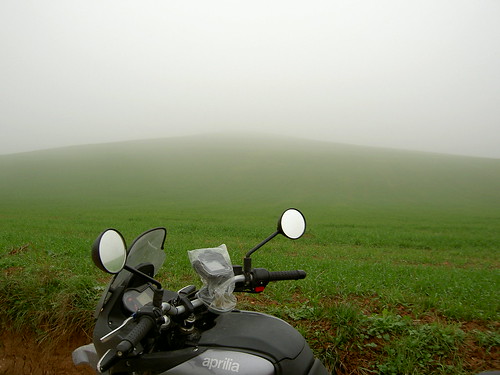I have been always a football fan (and player when I was much younger), but in the last couple of years or so, I stopped watching games because I usually just fell asleep while watching them. Compared to other sports I like (cycling, basketball, motor racing, etc), I find football very boring, except for a few games once in a while. But for this Euro 2008 that finished yesterday, I decided to try watching first only the Spanish team games, and, if I didn’t fall asleep, maybe try with others. So I just watched the 3 Spain’s games in the 1st round, the 1/4 finals against Italy, and then the 2 semifinals and, yesterday, the final. I have to confess I really enjoyed those games, specially the 2 semifinals in general and the 2nd half of the Spain-Russia in particular.
But, even though I might be back into watching more football games in the upcoming season (at least until I fall asleep again 🙂 ), there are some things in football that I wanted changed many years ago and that, as I’ve witnessed during these last few weeks, haven’t changed yet:
- First of all is the referees. As in all sports, they make mistakes, that’s normal, what’s not normal is that such mistakes can have such a huge impact on the final result (media here in Spain usually even have an alternative standing with the points lost/won by each team from referee’s mistakes). So, why the UEFA/FIFA or whatever don’t do as in other sports, where video replays are used when referees are not sure? Of course, I’m not saying the referee should stop the game to watch the replay for every doubtful play, as is done in some sports, but there could be a group of judges watching the game on TV, with special cameras, and just communicate via radio with the referee. Also, there could be more referees on the field, like in basketball, for instance, where there are 3 in a much smaller playing field. I’m starting to think nothing is done to fix this so as to allow the media to talk after the games about the referee’s mistakes, which is what the media do most of the week while waiting for the next game, at least here.
- Lots of team play very deffensive, and that makes some games as boring as watching your hair grow. I used to like a lot football back in the days of Johann Cruyff’s FC Barcelona Dream Team. The best was Barcelona, playing very offensive, and so the rest of the teams copied the playing style, and it was very common to have very high results, like 7-3, 4-3, 5-4, etc, etc, which make the games, at least for me, very attractive to watch. So, why not do again like in other sports, where the rules are more dynamic, and are changed to cut the very defensive styles and make the game more offensive? That happened a few years ago, for instance, on the NBA, the scores were getting very low, so they added/changed a couple of rules to make the game more offensive. I would really like to have, in football, a much less restrictive off-side rule, there would be many more scores and make the games more attractive, since you can’t be too defensive if you are losing 2-0.
- Spanish people got totally crazy last night, with lots of injured people and even one death in Madrid, as I’ve heard on the radio this morning. 2 years ago, the basketball team won the world championship, and, AFAIR, there were no problems, people went to receive the team to the airport and just cheered at them while they were driven across the city, so, why does this always happen around football? I guess it’s got nothing to do with the sport, just that it’s the most popular one around here and it attracts all kinds of weird people.
Anyway, congratulations to the Spanish team for this win, specially because this is the only thing that unifies Spaniards, the football national team. Before and after this Euro Cup, people did/will complain about the other regions’ people, and some did/will even say they don’t feel Spanish at all, but these days, with an European champion team, everyone likes Spain, yay for football nationalism! 😀




